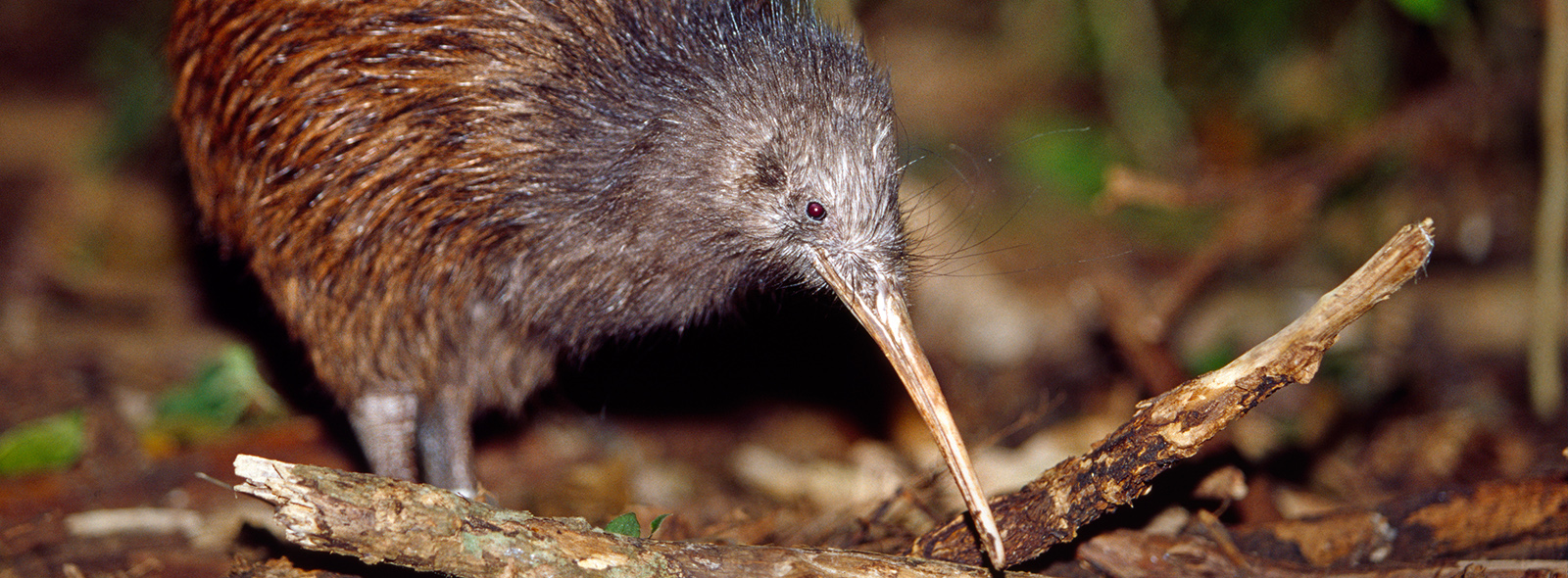Letter to the Environment Committee on petition to ban synthetic nitrogen fertiliser

Jocelyn Kinghorn, Flickr
Nitrogen pollution to freshwater is complex and requires an understanding of how nitrogen fertilisers interfere with natural biogeochemical nitrogen cycles.
Its impacts on human health and freshwater ecosystems are real and serious.
Greenpeace's petition to cut synthetic fertiliser raises lots of questions, the answers to which would be valuable to current debates about the future direction of freshwater policy.
The Commissioner has quickly drawn up a set of questions that could, as a starting point, be posed to the Ministry for Primary Industries and Ministry for the Environment.
Potential questions for a review on synthetic nitrogen fertiliser use
Current state
- From where does New Zealand source its synthetic nitrogen fertiliser?
- How much synthetic nitrogen fertiliser is produced in New Zealand? Which types of synthetic nitrogen fertilisers are produced? Where is synthetic nitrogen fertiliser produced and who are the manufacturers?
- How much synthetic nitrogen fertiliser does New Zealand import? Are there supply risks? Are there environmental risks related to the transportation of synthetic fertiliser?
- What is the nature of synthetic nitrogen fertiliser use?
- Why does New Zealand use synthetic nitrogen fertiliser?
- What are the costs and benefits of synthetic nitrogen fertiliser use?
- What sectors of the New Zealand economy use synthetic nitrogen fertiliser?
- What is the breakdown by sector (e.g. agriculture, horticulture, forestry) and subsector (e.g. viticulture, other fruits, vegetables, arable etc)?
- Are some farm systems and/or crops more dependent on synthetic nitrogen fertiliser than others?
- How important is synthetic nitrogen fertiliser to exotic and native tree nurseries?
- What are the environmental impacts?
- What are the current environmental impacts of synthetic nitrogen fertiliser in terms of water quality, air quality and greenhouse gas emissions? How do these impacts vary regionally?
- What proportion of current water quality issues and greenhouse gas emissions, respectively, are directly related to synthetic nitrogen fertiliser as opposed to indirectly (e.g. from animal urine from increased stocking rates)?
Alternative sources of nitrogen
- What nitrogen sources are available as a substitute for synthetic nitrogen fertilisers for each sector and subsector? E.g. nitrogen-fixing legumes, composed organic wastes, organic fertilisers, animal manures, bio-fertilisers, marine clay and microorganism preparations.
- What would be the economic impact of a shift from synthetic nitrogen fertiliser to each alternative in terms of (i) productivity; (ii) input costs; (iii) conversion costs; and (iv) other?
- What would be the environmental impacts of a shift from synthetic nitrogen fertiliser to each alternative in terms of (i) nitrogen loss; (ii) water quality; (iii) air quality; (iv) soil health; (v) greenhouse gas emissions; (vi) international biodiversity loss (e.g. from increased use of imported feeds); and (vii) other?
- Would banning synthetic nitrogen fertiliser lead to the desired outcomes in terms of water quality and greenhouse gas emissions? Would similar or different issues occur with the alternatives?
- What would be the social and cultural impacts of a shift from synthetic nitrogen fertiliser to each alternative?
- What proportion of nitrogen input already comes from alternative sources? E.g. for pastoral agriculture, what proportion of nitrogen input is now being provided from the different sources, for example (i) synthetic nitrogen fertilisers, (ii) nitrogen-fixing legumes (such as clover), (iii) manures, and (iv) imported feed? What shares of pasture production do the sources support?
For pastoral agriculture production specifically
- How much nitrogen was fixed by legumes (e.g. clover) prior to urea production in New Zealand in 1982? What level of pasture production did this enable? How did productivity vary regionally?
- Could current pasture production be achieved using clover or other alternative nitrogen sources? If not, what percentage of it could be produced?
- What is the relative nitrogen loss associated with urea versus clover or other alternative sources of nitrogen?
- What could a clover-based system achieve given current technology and genetics? What would the benefits be for improving in this space? E.g. could New Zealand become a world leader selling relevant intellectual property offshore?
Alternative policy options to reduce the use of synthetic nitrogen fertiliser
- What is the rationale for only targeting synthetic nitrogen fertiliser and not phosphorus, or other types of synthetic fertiliser?
- How effective would each of the following policy options to reduce the use of synthetic nitrogen fertiliser be:
- current policy settings – the National Environmental Standards for Freshwater and the National Policy Statement for Freshwater Management
- additional input controls on synthetic nitrogen fertiliser
- nitrogen cap-and-trade scheme or similar
- tax on nitrogen or nitrogen surplus
- limits on stocking rates
- restrictions on fertiliser use near vulnerable areas, by land use type or seasonal restrictions.
- What other policy and/or economic instruments could be used to regulate the use of synthetic nitrogen fertiliser? How effective might these be?

